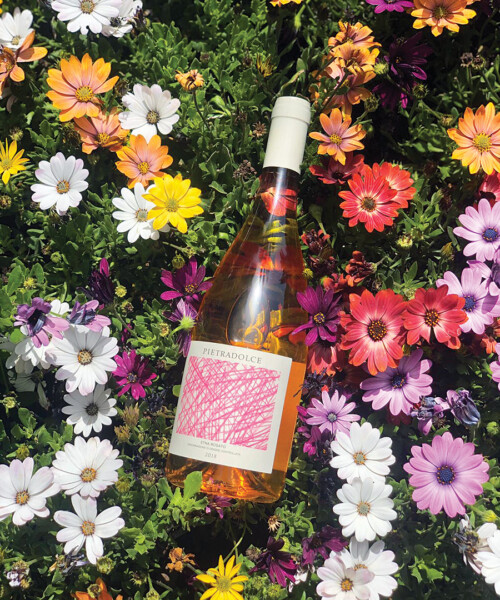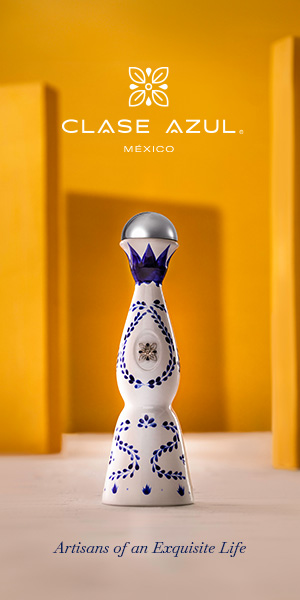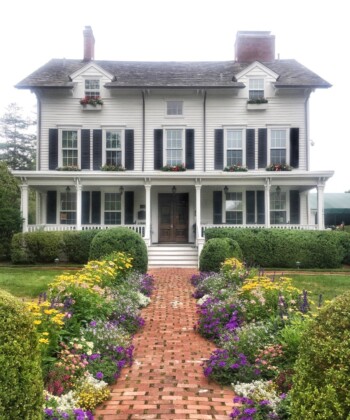When summer descends, rosé is the wine we reach for. What was once a category associated first and foremost with Provence, France, has expanded in provenance. With the increasing number of winemakers embracing pink wine, the geographical regions we associate with top-tier bottles now extend beyond the obvious, and Italy is recognized now more than ever for its interpretation.
“In general, people are wanting to explore outside of the classics,” suggests Christine Collado, general manager of Parcelle Wine. “When first learning about rosé, everyone starts with something from France. As consumers become increasingly more knowledgeable about wine, they’re continuing to branch out.”

Harvesting Fantini grapes
“In Italy, rosé has exploded,” says Tara Empson, CEO of Empson USA, a company devoted to championing Italy’s indigenous and single-varietal wines and telling stories of each estate through its expressions. “Everyone is doing it, but as you travel
between the regions, you’re still drinking wines made from the grapes that are autochthonous to those areas.”
From the Dolomites in the north to southern regions such as Puglia, wineries are launching rosés that reflect the wine’s origin through winemaking methods and native grapes. “Rosés from Italy offer a nice range of styles,” says Collado. “Year after year, buyers are seeing more Italian rosé on the market. A region like Piedmont is especially upping their rosé presence. I’ve enjoyed some from Sicily. The best are often grown in high altitudes offering fresh, salty and exotic flavors.”
DuJour looks at some of the standout bottles taking you from mountains to the sea.
Ferghettina Franciacorta Rosé Brut DOCG
Franciacorta—a small wine-producing area of Lombardy—has long been known for sparkling wines produced in the méthode champenoise. Ferghettina is now making this sparkling rosé from pinot noir grapes cultivated on the slopes by Lake Iseo. Aged 36 months on the lees, the result is a soft pink wine with raspberry notes.
Pietradolce Etna Rosato DOC
Pietradolce cultivates its grapes on the northern slopes of Sicily, with vines that are between 40 and 50 years of age, volcanic soil and an altitude of almost 2,000 feet. Nerello mascalese grapes—an autochthonous variety to Mt Etna—and the characteristics of this terroir give this rosato its minerality.

Fantini’s Cerasuolo d’Abruzzo rosé and Ferghettina Brut sparkling rosé
Fantini Cerasuolo d’Abruzzo DOC
Vines protected by the Majella massif on hillside stretching down to the sea yield this winery’s grapes distinguished for their complexity. Produced from soft-pressed Montepulciano d’Abruzzo grapes, this rosé stands out for its bright color, intense aromas and hints of strawberry.
Lagaria Pinot Grigio Vigneti delle Dolomiti Ramato IGT
Empson’s own label, Lagaria, has been producing wine in the Dolomites since 1975. This newer release utilizes pinot grigio grapes grown in mineral-rich soil and the ramato production method more typical of Veneto. The distinct style of rosé is pale in color with minerality and hints of pear.

Antinori’s Scalabrone rosato and Calafuria rosé
Scalabrone Bolgheri Doc Rosato
The Guado al Tasso estate lies within the Bolgheri DOC on the coast of upper Maremma in southern Tuscany where a breeze blows in from the sea. Here, cabernet sauvignon, merlot and syrah grapes have been used to produce a rosé with intense raspberry aromas.
Tormaresca Calafuria Rosé
Apuglian wines fuse winemaking tradition with character drawn from the region’s terroir. Tomaresca, which encompasses the Bocca di Lupo Estate in the Castel Del Monte DOC appellation and Masseria Maime in Upper Salento, uses the native Negroamaro grapes for a pale pink wine with floral character.







































